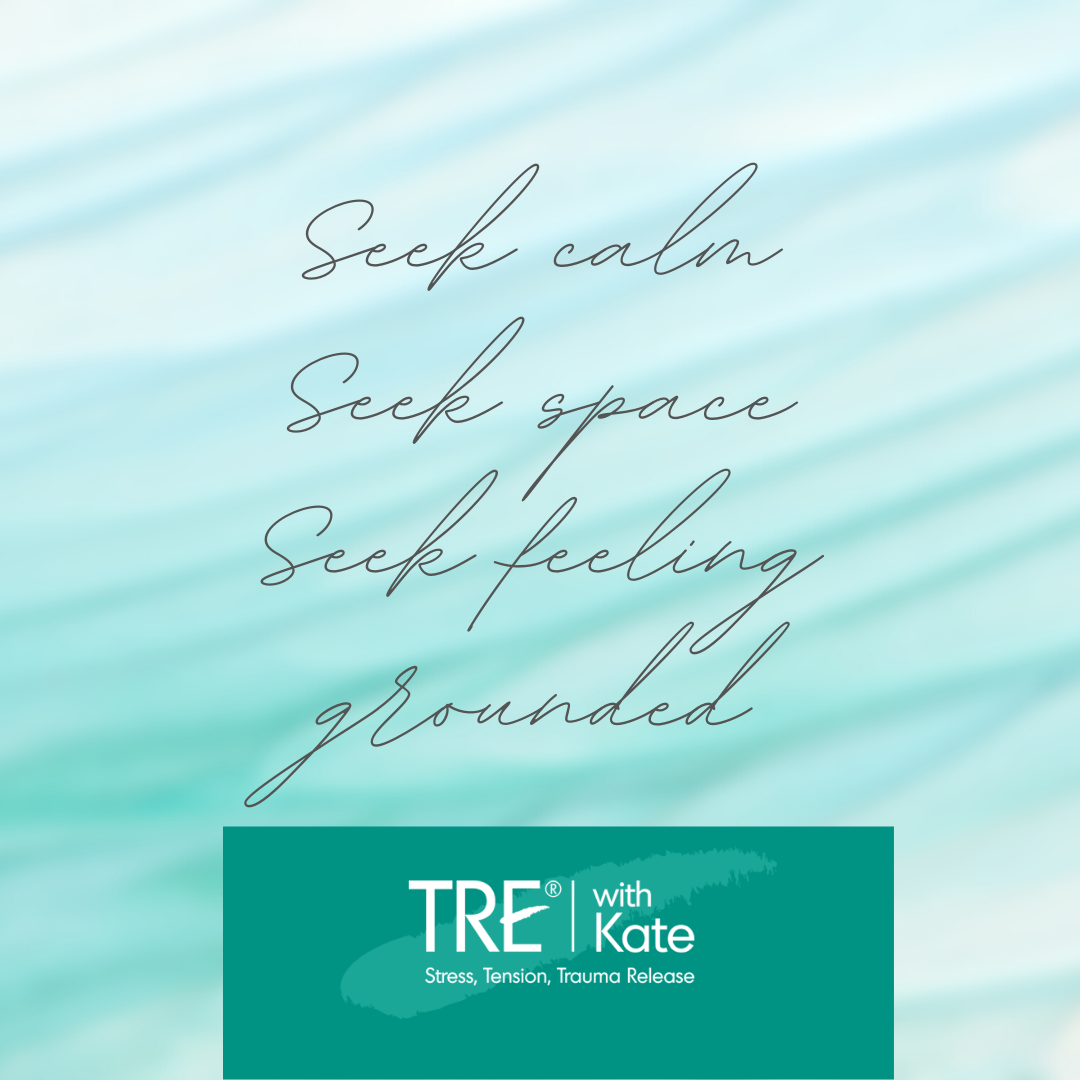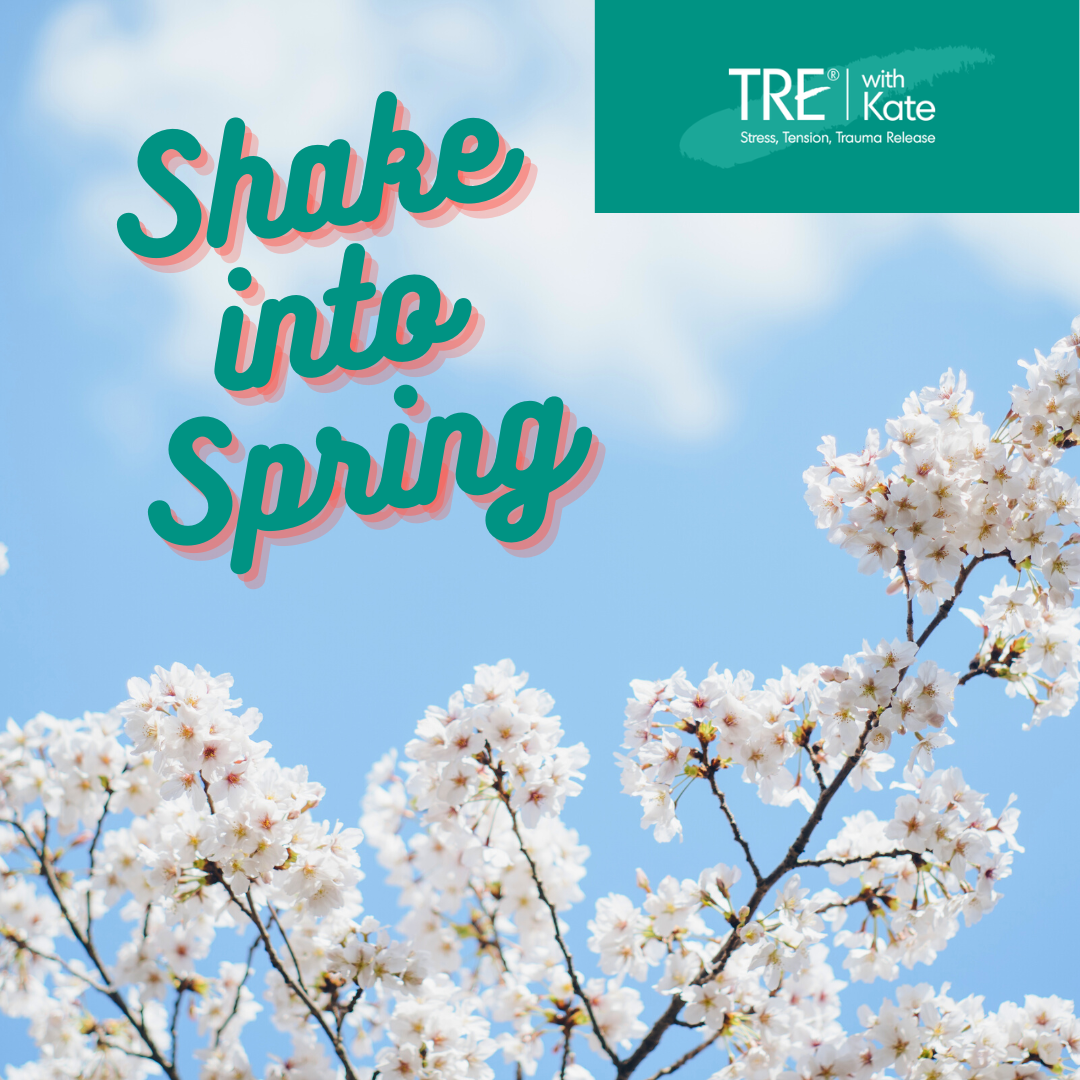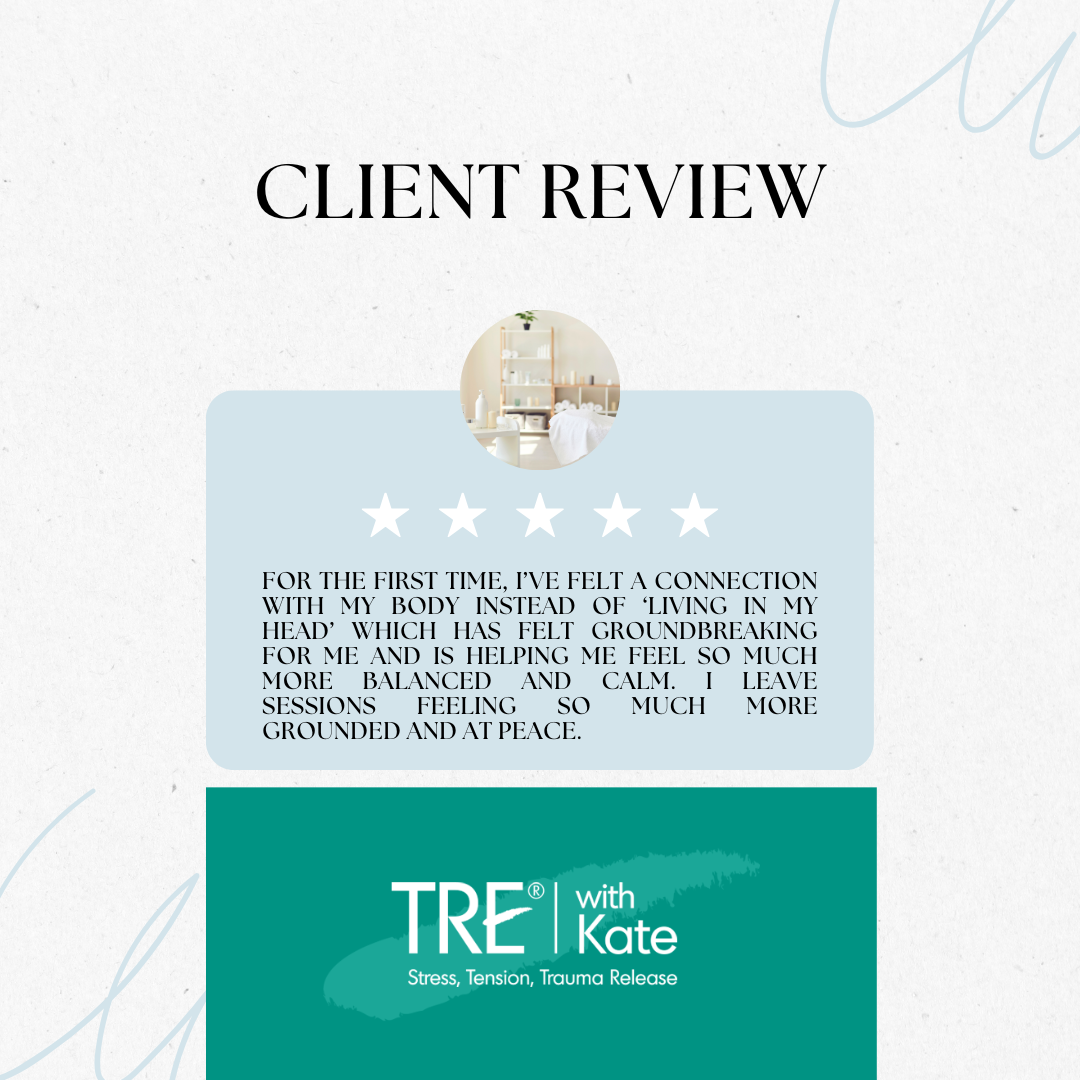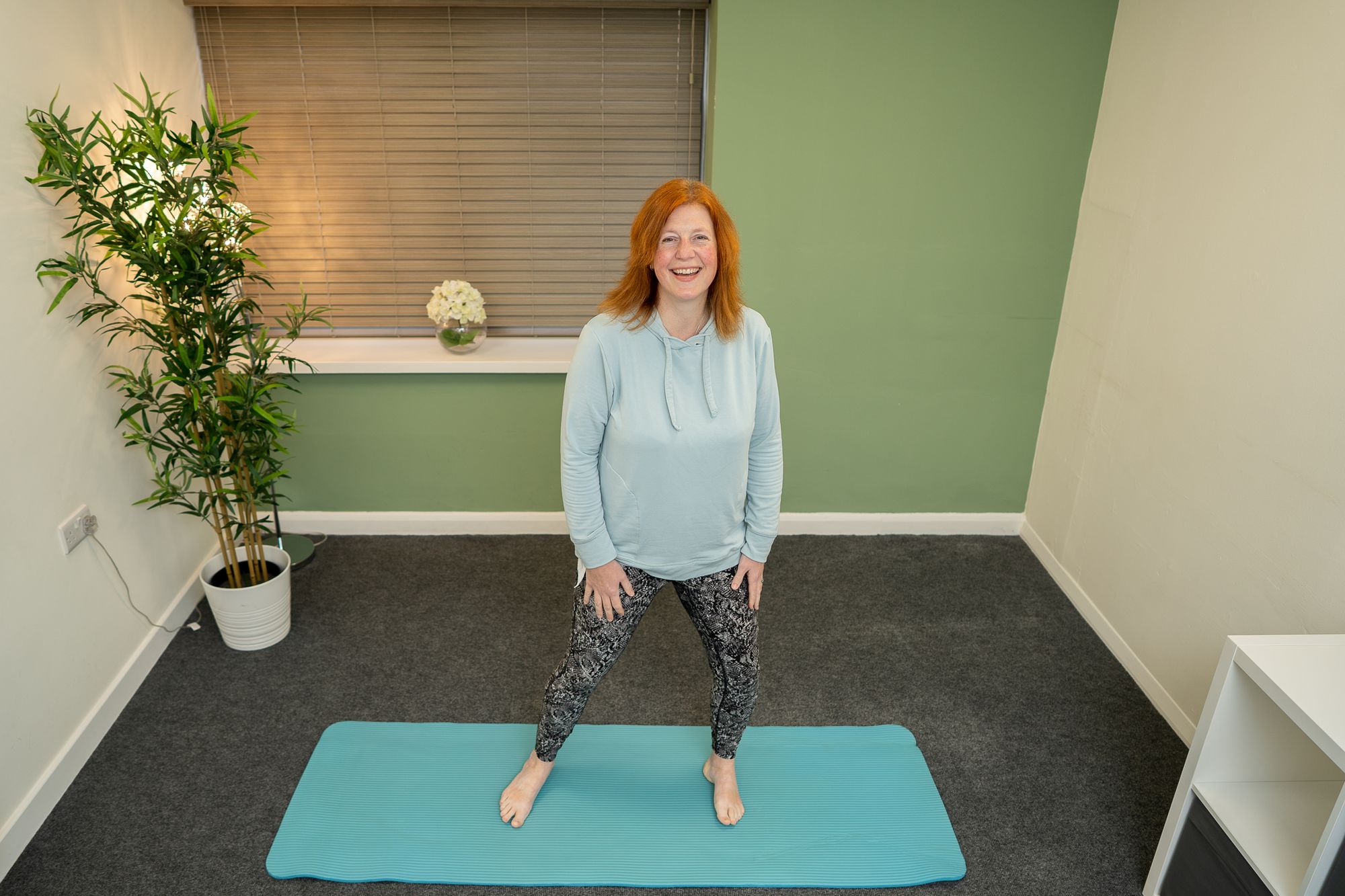TRE® Frequently Asked Question: When is it best to shake?

One of the questions that I am asked as a TRE® practitioner is: 'when is it best to shake?' The short answer is any time that works for you - the flexibility of TRE® is part of its beauty. That said, there are some considerations that you might like to bear in mind to help you to make the most of the time you give to your shaking practice.

So I can do TRE® at any time?
Well, yes, so long as the following recommendations are in place:
- You feel grounded and are not in a highly activated state, at risk from freezing, flooding or dissociating (have a look at this link for more information about Freezing, Flooding and Dissociation by Steve Haines from the TRE® College). If you are feeling activated, that doesn't mean that TRE® is out of the question but it is best to regulate emotions through grounding techniques such as Orient, Move, Ground; breathing; tapping; havening or the wide range of other grounding techniques available.
- You have the time and space to connect with your body - the slowness of TRE® is part of its power. By slowing down the body and connecting with it, we can slow down thoughts and find a place of calm. That means you need to create an environment conducive to your practice.
- You are not pushing your practice - It is possible to have too much of a good thing as the old adage says - that is true of TRE® too. 'Titrating' your practice - that is doing small amounts with time for integration and 'days off' between is really important. We want to work with our nervous system from a place of safety rather than pushing as we often do.

OK, that all sounds good...so what are the rules?
If you have created the right conditions for your shaking, there are not really any rules apart from not pushing through and shaking for too long as identified above. The general guide is no more than 15 minutes approximately with breaks within that period. Having lots of breaks, especially at first, is really important as this allows you to integrate your tremoring into your system. It also allows you to check-in with any feelings or experiences that arise during your shaking.
I've already mentioned how flexible TRE® is. The fact that you can learn to do the practice for yourself is really empowering. It is, also, lovely to have someone to hold space for you and that is where practitioner sessions come in. Clients often comment that this is why they enjoy coming to TRE® sessions (both individual and group). Often people do a mix of individual, group and self-practice, allowing them to experience shaking but also giving the opportunity to discuss what they have noticed with a trained practitioner.

When might I use TRE®?
TRE® has so many flexible uses and some of these are listed below (this list is far from exhaustive). Provided you are grounded, you might do TRE® in the following situations/conditions (many people, including myself, use TRE® is a variety of these ways):
- As a regular practice - setting aside time a few times a week to shake. This acts as a kind of regular reset and some people love the space they give themselves during this time to shake off any tension, connect with their body and help to proof themselves against any unexpected stresses
- When something happens - there are many cases of people shaking during accidents etc. to address trauma that has been faced. However, I'm talking as much about shaking once you are able to give yourself a little bit of space to address times when you have been activated/stressed e.g. job interviews, difficult conversations, childcare pressures, general busyness - the list of day-to-day stresses is endless
- When you are about to face something stressful - in the car before going into work for a jampacked day, before a big presentation or meeting, before a medical appointment to support you to find a place of calm and not to feel overwhelmed. We've used it before a driving test in our house recently!
- Before bed - lots of people love to shake in the few minutes before sleep and find that it relaxes them and supports them to have better sleep. Shaking can also help you to get back to sleep if you wake in the night
These are only a few examples and I could write about so many more. I wonder how TRE® could help you? If you fancy finding out, hop over to my contact page and get in touch. Kate ❤️
